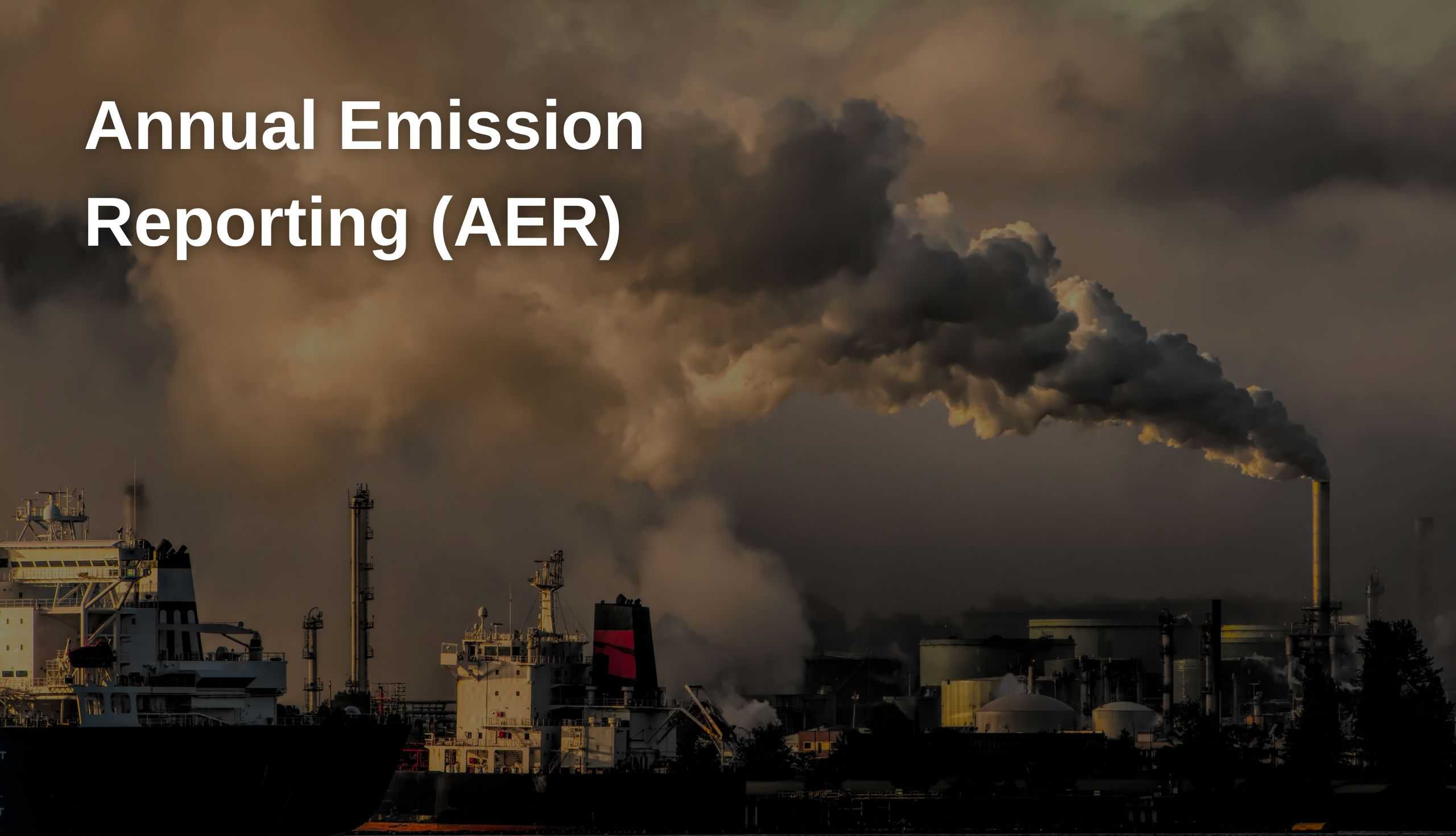
Annual emission reporting may not sound like the most exciting topic, but it plays a crucial role in our efforts to combat climate change and protect the environment. In this blog post, we will delve into who is affected by emission reporting, why it is important to be compliant, and how to get it done effectively.
Who Does Annual Emission Reporting Affect?
Annual emission reporting affects a wide range of industries and organizations. From manufacturing plants to power plants, transportation companies to schools, and hospitals, if you emit greenhouse gases or pollutants into the atmosphere, you are likely required to report your emissions annually.
Government bodies, regulatory agencies, and international agreements such as the Paris Agreement have set emission reduction targets and implemented reporting requirements to monitor progress. This means that not only large corporations but also small and medium-sized enterprises (SMEs) need to comply with these regulations.
Why Is It Important to Be Compliant?
Being compliant with annual emission reporting is not just a legal obligation; it also has numerous benefits for businesses and the environment. Here are a few reasons why compliance is crucial:
1. Environmental Impact:
By accurately measuring and reporting emissions, organizations can identify areas where they can reduce their carbon footprint and implement strategies to mitigate environmental impact. This leads to a more sustainable future and helps combat climate change.
2. Reputation and Public Perception:
Consumers are becoming increasingly conscious of the environmental impact of the products and services they choose. Being transparent about emissions and demonstrating a commitment to reducing them can enhance a company’s reputation and attract environmentally conscious customers.
3. Regulatory Compliance:
Failing to comply with emission reporting requirements can result in fines, penalties, and legal consequences. By staying compliant, businesses can avoid these costly repercussions and maintain a good standing with regulatory authorities.
4. Access to Funding and Incentives:
Many governments and organizations offer financial incentives, grants, and funding opportunities to businesses that demonstrate a commitment to reducing emissions. By complying with emission reporting, companies can access these resources and invest in sustainable practices.
How to Get Annual Emission Reporting Done
While annual emission reporting may seem like a daunting task, there are several steps you can take to streamline the process:
1. Understand Reporting Requirements:
Start by familiarizing yourself with the specific reporting requirements applicable to your industry and region. Consult regulatory guidelines, seek expert advice, or join industry associations to stay updated on the latest reporting standards.
2. Collect Accurate Data:
Gather data on your organization’s emissions from various sources, such as energy usage, transportation, and waste management. Implement systems to track and monitor emissions throughout the year, ensuring accuracy and completeness of data.
3. Use Emission Calculation Tools:
Utilize approved emission calculation tools or software to streamline the data analysis and reporting process. These tools can help automate calculations, generate reports, and ensure compliance with specific reporting protocols.
4. Engage Employees and Stakeholders:
Involve employees and stakeholders in the reporting process to foster a culture of sustainability. Encourage their participation in identifying emission reduction opportunities and implementing sustainable practices within the organization.
5. Seek Professional Assistance:
If the reporting process feels overwhelming, consider seeking professional assistance from environmental consultants or sustainability experts. They can provide guidance, ensure accuracy, and help optimize your emission reduction strategies.
6. Monitor Progress and Set Targets:
Once you have completed your annual emission reporting, monitor your progress and set targets for future emissions reductions. Continually striving for improvement will not only help you comply with regulations but also contribute to a more sustainable business model.
Annual emission reporting may require time and effort, but the benefits far outweigh the challenges. By being compliant, organizations can demonstrate their commitment to environmental stewardship, gain a competitive edge, and contribute to a greener future for generations to come.
Remember, annual emission reporting in California is due in March of each year with this year’s deadline set for March 19th.
For any other questions or concerns regarding Annual Emission Reports, contact A-Tech today by clicking here.
To schedule a 15-minute call with an in-house AER Expert click here.



